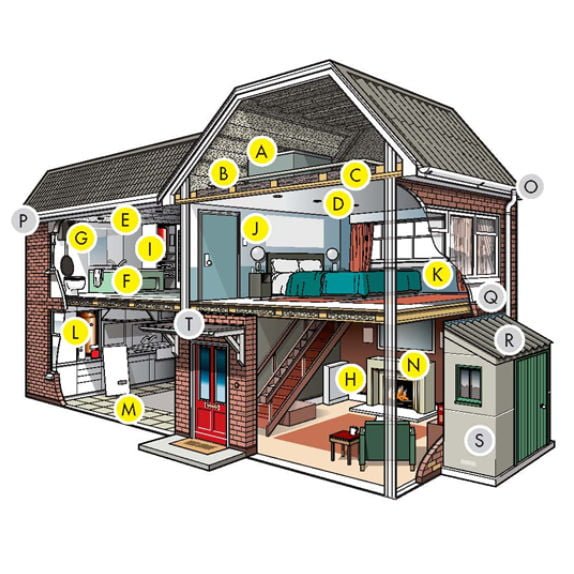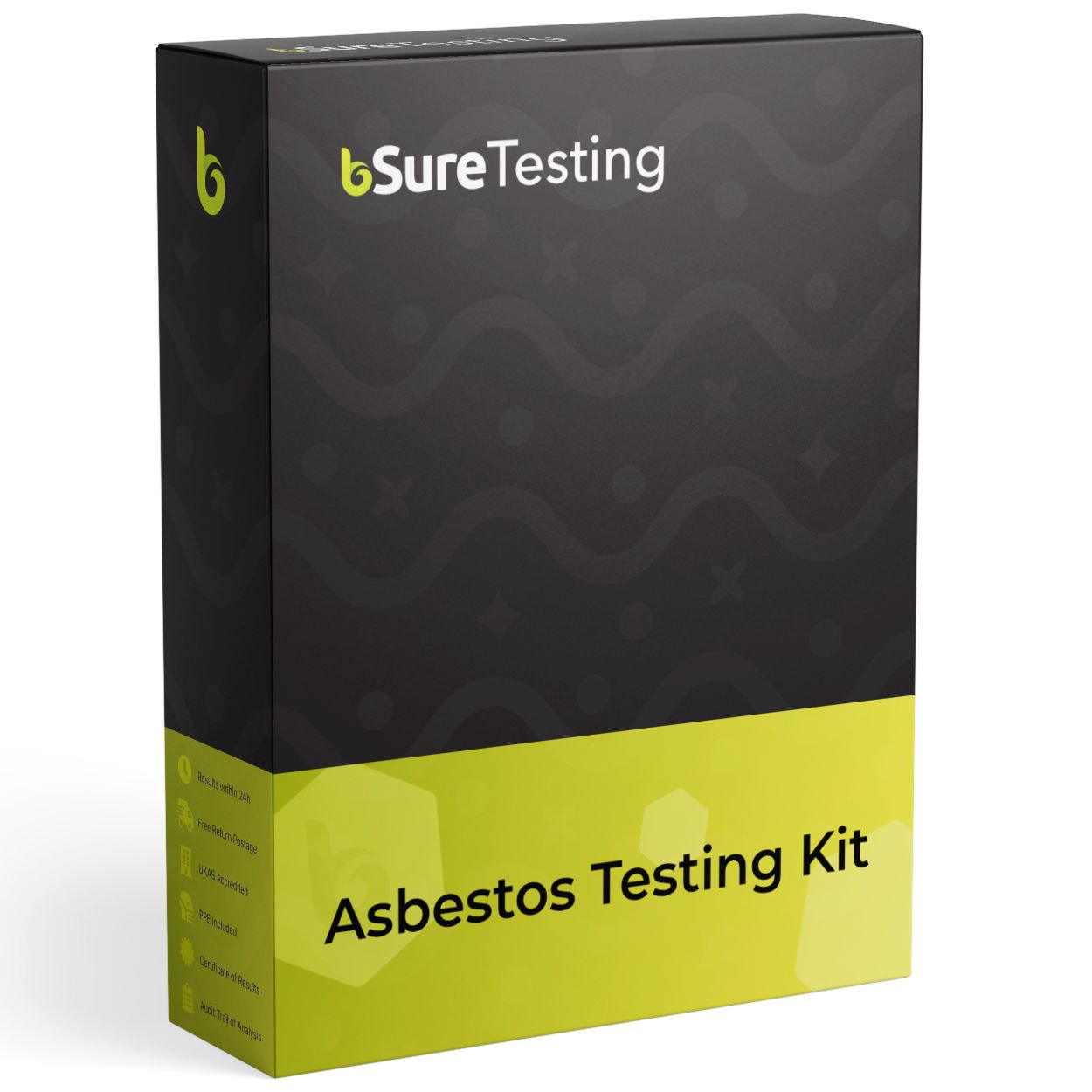How to stay asbestos safe at work
Asbestos guide for contractors
Asbestos could be present in any property built before 2002. (Although a legal ban was imposed in 1999, this does not account for existing building stock) This contractor’s guide to asbestos is designed to help you understand the potential risks and keep you and the public/your customers safe at work.
Asbestos was banned years ago, why does it affect me?
Asbestos risks
Asbestos may be banned in many countries, including in the UK since the turn of the century, but it still poses a severe threat to people’s lives. Around 20 tradesmen die each week as a result of past exposure.
When materials that contain asbestos are disturbed or damaged, fibres are released into the air. When these fibres are inhaled, they can cause serious diseases. These diseases will not affect you immediately; they often take a long time to develop, but once diagnosed, it is often too late to do anything. This is why it is important that you protect yourself now.


When are contractors at risk from asbestos?
Potential asbestos hazards
Asbestos was used in a whole host of building materials which, if disturbed, could present a serious health risk. The most common (but not exclusive) incidents of asbestos disturbance on a site are when:
- Redecorating
- Renovating
- Replacing flooring
- Fitting new windows
- Fitting new soffits
Before anybody works on a property, they should be certain that the building material being worked on doesn’t contain asbestos.
What responsibilities do contractors have to manage asbestos?
Your responsibilities
Asbestos is safe when contained, maintained and in good condition, but disturbing a simple building material at work could put you at serious risk. It is the individual’s responsibility to identify Asbestos containing material before you disturb it and expose others.
Should you suspect an ACM (asbestos containing material) you should cease work until you have it tested or you should treat it as if it were asbestos.

Identify potential sources of asbestos
Identify any potential sources for asbestos present in your property, especially before conducting any refurbishment.

Test for asbestos
Order one of our DIY asbestos testing kits which includes everything you need to safely collect a sample for testing.

Learn how to work with and around asbestos safely
It is essential that contractors seek training and certification before working with asbestos.

Identifying potential sources of asbestos
Where it hides
There are many places where asbestos can be found in both residential and commercial properties. Most commonly textured coating, floor tiles and roofing. However, there are many more such as: pipe lagging, loose fill insulation, gutters, and soffits.
We have put together a guide on how to identify asbestos containing materials which may help you identify potential sources.
Test for asbestos before disturbing potential ACMs
Asbestos testing
After identifying any potential sources of asbestos, it’s important that you get a sample tested before disturbing the material.
bSure Testing offers easy-to-use self-sample asbestos test kits that you can use in the comfort of your own home. Our kits come with full instructions and everything you need to collect a sample safely and accurately, for testing in our accredited lab.


What should you do when the property you are working on has asbestos?
Encountering asbestos
If you encounter asbestos whilst working on a property, stop work immediately and do not disturb the material any further.
As an independent consultancy, we can give you impartial advice of the best course of action for you. We have all the knowledge to help guide you through the process of managing asbestos on a site, removing it through NNLW, or finding a suitable removal service. Contact us today to discuss the best course of action for you.
What to do when you frequently encounter asbestos at work
Asbestos training
For your safety, it is recommended that you understand the risks involved and take all precautions to avoid disturbing any asbestos. You can learn how to stay safe around asbestos.
bSure is an experienced provider of professional asbestos training courses.

Helping you understand asbestos
frequently asked questions
Asbestos is a naturally occurring mineral that was once commonly used in construction materials due to its heat resistance and durability. However, it is now known to be a health hazard when its fibres are released into the air and inhaled.
It is not possible to tell if a material contains asbestos just by looking at it. Asbestos was commonly used in insulation, ceiling tiles, flooring, and many other building materials before the 1999. If you suspect that a material may contain asbestos, it is best to have it tested or to assume that it does and take precautions accordingly.
Understanding where you may come across ACMs and what you need to do is crucial in lowering the risk of exposure. Having awareness training highlights this, being trained in how to sample effectively reduces time spent off a job pending confirmation of a positive or negative results.
Stop work immediately and do not disturb the material any further. Notify your supervisor or the building owner, and do not touch or move the material until it has been properly tested for asbestos. If the material does contain asbestos, it must be removed by an appropriately trained asbestos removalist.
No, you must not attempt to remove asbestos yourself unless you are NNLW qualified or a licensed asbestos removalist. Asbestos removal requires specialised equipment and techniques to ensure that the fibres are not released into the air and pose a health hazard to yourself and others.
Asbestos exposure can cause a range of health problems, including lung cancer, mesothelioma, and asbestosis. The risks are highest for people who have been exposed to asbestos over long periods of time, but even brief exposure can be harmful.
If you think you have been exposed to asbestos, it is important to seek medical advice. Your doctor may recommend further testing or monitoring to assess your risk of developing asbestos-related health problems. Early detection is key to successful treatment of asbestos-related illnesses.
If you have concerns about asbestos in a building, you should contact the building owner or manager. They are responsible for ensuring that any asbestos-containing materials are properly identified, managed, and, if necessary, removed.







